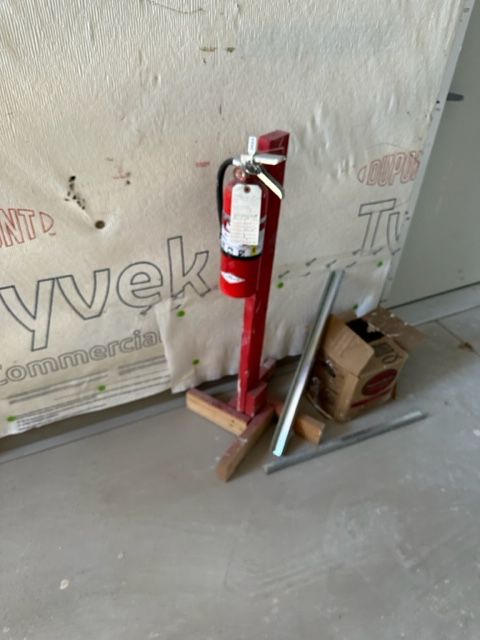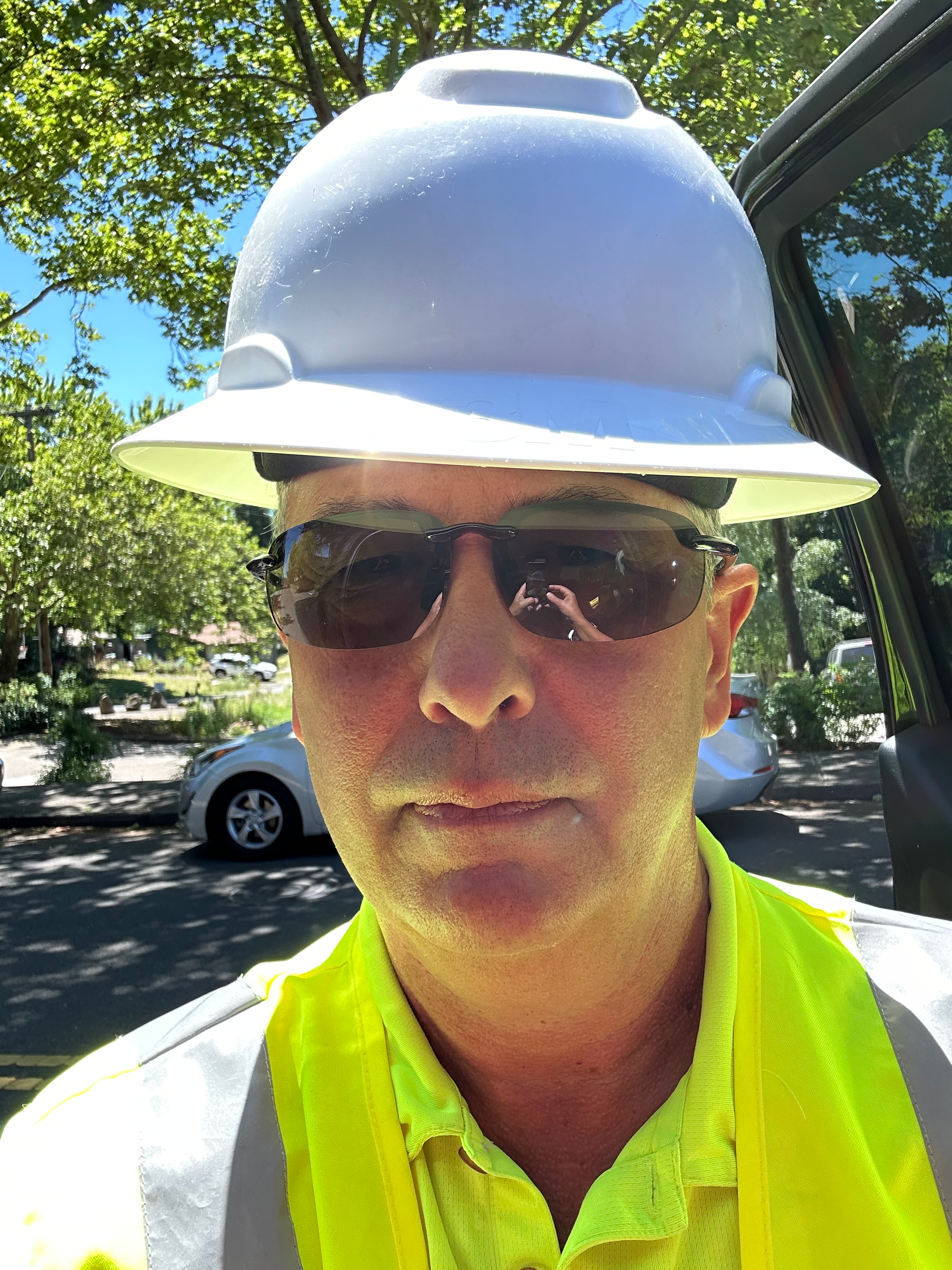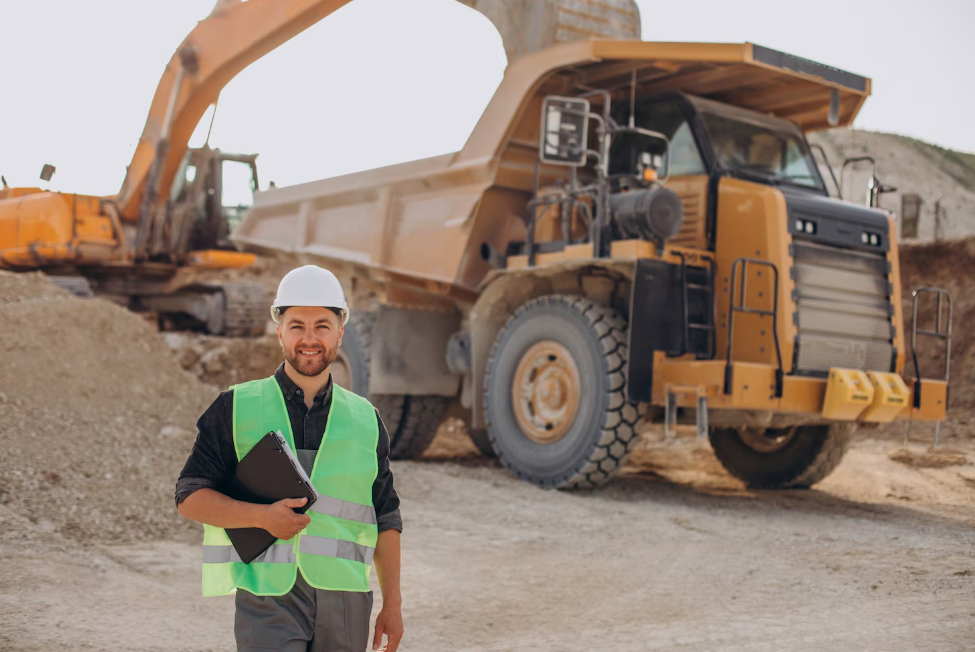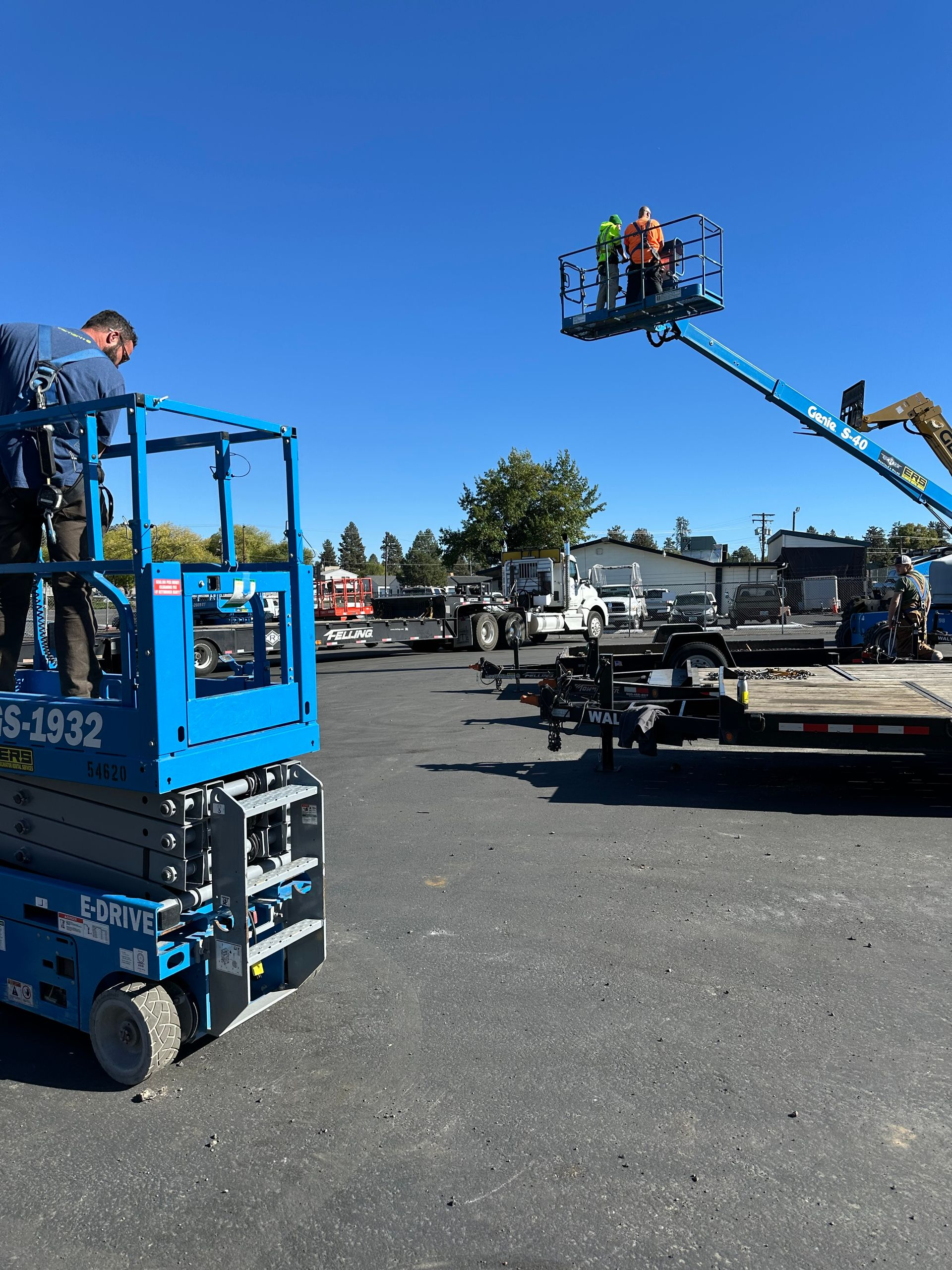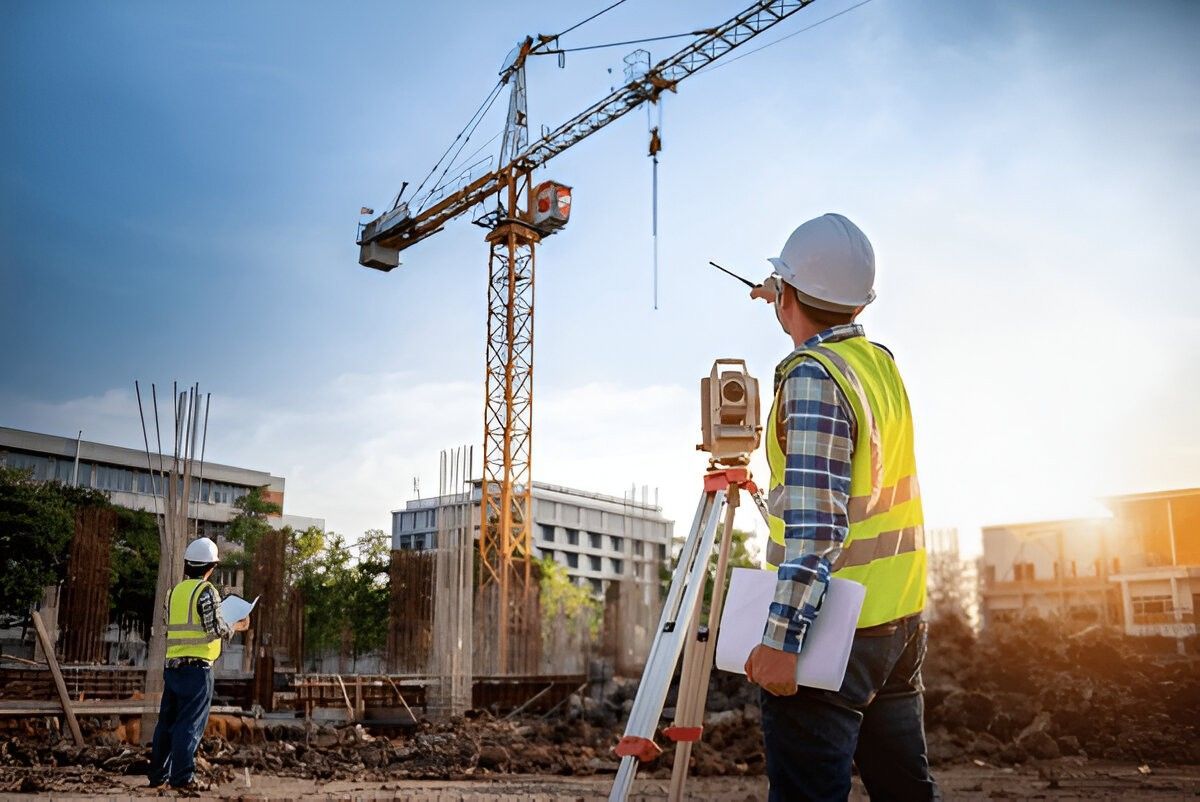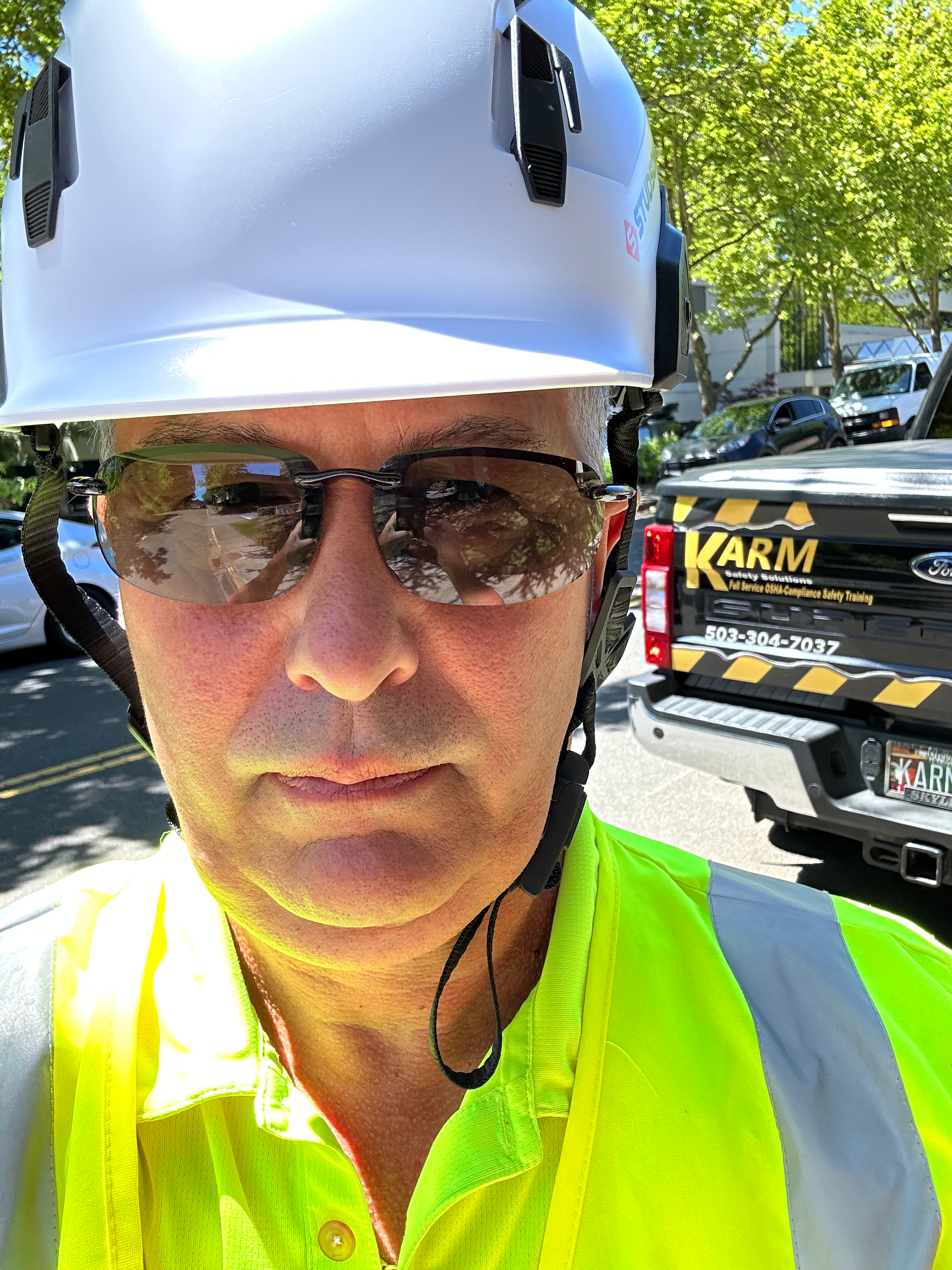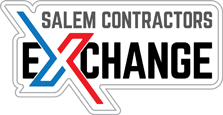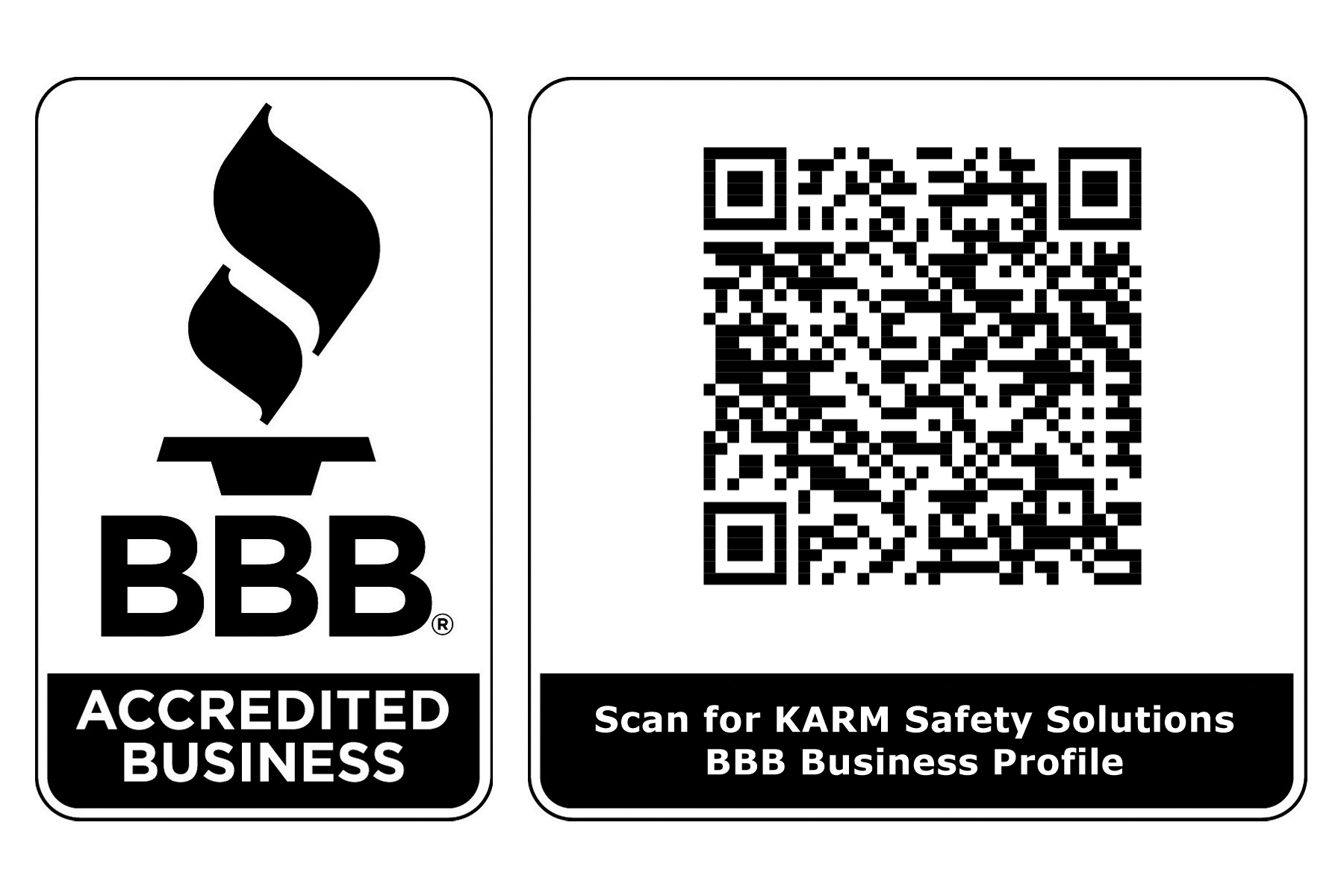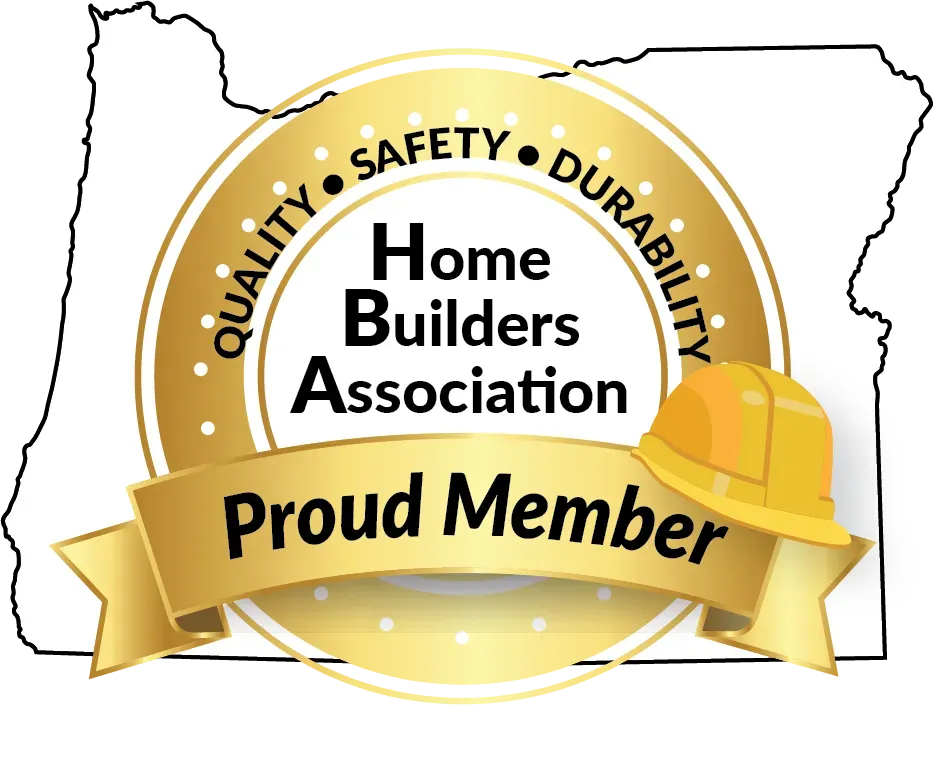OSHA Reveals 2025 Top 10 Most Cited Standards
At the NSC Safety Congress & Expo in Denver, OSHA’s Eric Harbin shared the preliminary list of the agency’s most frequently cited violations, with fall protection once again leading the way.
- By David Kopf
- Sep 17, 2025

The Occupational Safety and Health Administration unveiled its preliminary Top 10 most frequently cited standards today at the NSC’s 2025 Safety Congress and Expo at the Colorado Convention Center.
Eric Harbin, OSHA Regional Administrator in Dallas, noted the list was based on Aug. 12 data, with an update expected before the end of OSHA’s Oct. 1-to-Sept. 30 fiscal year.
OSHA’s preliminary 2025 top 10 most frequently sited standards were:
- Fall Protection—standard 1926.501, with 5,914 total violations. The industry that led violations was roofing, followed by framers and siding contractors, Harbin noted.
- Hazard Communication—standard 1910.1200, with 2,546 total violations. Industries that led was surprisingly roofers, according to Harbin.
- Ladders—standard 1926.1053, with 2,405 total violations. The leading industry for violations of this was roofing, followed by framers, siding contractors and residential construction.
- Control of Hazardous Energy (Lockout/Tagout)—standard 1910.147, with 2,177 total violations. The leading industry being cited for violations of this standard was the plastic products manufacturers, followed by machine shops, Hardbin said.
- Respiratory Protection—standard 1910.134, with 1,953 total violations. The number one cause of violations was failing to provide medical evaluation for workers that are wearing respiratory protection.
- Fall Protection-Training Requirements—tandard 1926.503, with 1,907 total violations. Roofing was the leading industry for violations with the number one reason being failure to provide any training at all.
- Scaffolding—standard 1926.451, with 1,905 total violations.The most frequently cited industries were masonry, roofing, framing and siding. Harbin noted that this standard only had two fewer violations than the previous category, so the order could change by the end of the year.
- Powered Industrial Trucks—standard 1910.178, with 1,826 total violations. The leading part of the standard that led violations not ensuring workers were trained to operate power industrial trucks.
- Personal Protective and Lifesaving Equipment—eye and Face Protection—standard 1926.102, with 1,665 total violations. The roofing industry led violations of this standard with the no. 1 reason being not providing eye and face protection at all.
- Machine Guarding—standard 1910.212, with 1,239 total violations. Harbin said the leading violations being guarding the machine at the point of operation.
Harbin closed his presentation by noting that a big contributor to violations is due to non/poor compliance from small businesses that need more resources to comply with standards. So OSHA is trying to focus on increasing use of free consultation programs through state OSHA programs to help these businesses learn how to improve their compliance.
”They have the ability, they have the desire, they just need the knowledge,” he said.
About the Author
David Kopf is the publisher and executive editor of Occupational Health & Safety magazine.
